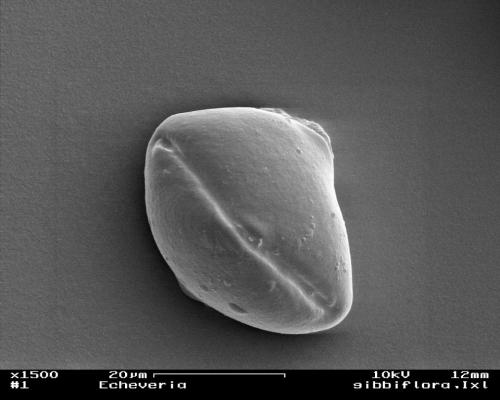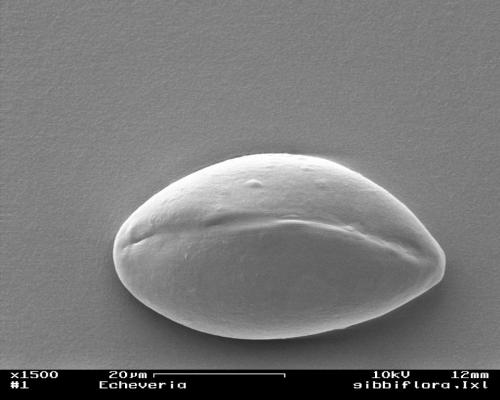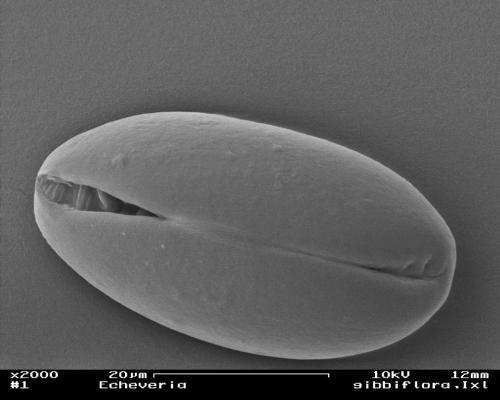GIBBIFLORA DC, 1828 (engl./ fr.)
Synonyms :
Cotyledon gibbiflora (DC) Baker (1869)
Echeveria grandifolia Haworth (1828) see Note 3. below
Echeveria campanulata Kunze (1843)
Cotyledon devensis N.E. Brown (1906)
Series Gibbiflorae
Holotype : Cotyledon gibbiflora icon. fl. mex. ined.
Etymology : Lat. ‘gibba’, swelling, gibbosity; and Lat. ‘-florus’, -flowering; for the flower shape.
Distribution : Mexico (Distrito Federal, México, Morelos, Michoacán, Oaxaca).
First Description by De Candolle in Prodromus Systematis Naturalis Regni Vegetabilis 3, 1828 :
Foliis planis cuneiformibus acute mucronatis ad apices ramorum confertis, panicula patente, floribus secus ramos breviter pedicellatis.
Woody in Mexico.
Cotyledon gibbiflora icon. fl. mex. ined.
Petala deorsum inter lobos calycinos gibba recta acuta basi albida apice subcoccinea.
Description (by M. Kimnach in IHSP, 2003) :
Stem to 30 cm tall, ± 5 cm in diameter, rarely branching.
Leaves broadly obovate-orbiculate, to > 25 x 15 cm, obtuse or subacute, mucronate, margins sometimes undulate-crenulate, reddish-green, ± glaucous.
Inflorescences cymose-paniculate, to > 1 m tall, branches ± 12-flowered,
Flowers : Sepals spreading to ascending, to 11 mm, corolla pentagonal, ± 16 x 10 mm in diameter near the base, 9 mm in diameter at the mouth, glaucous-pink.
Cytology : n = 27, 54
Distributed by ISI as n° 756 in 1972 and as E. grandifolia ISI 803 in 1973.
See also :
Note :
1. Charles Uhl wrote (Haseltonia 9, 2002) :
“It is one of the largest species, with broad, more or less glaucous leaves. It occurs from Michoacán eastwards to the state of México and Morelos, and it is especially common on lava between Mexico City and Cuernavaca. Its distribution overlaps that of the narrower leaved E. fulgens, which occurs mostly to the west, but some collections are difficult to distinguish. E. gigantea, to the south, differs chiefly by its red-margined leaves and perhaps should be included with it.”
2. Inexplicably Pilbeam, The genus Echeveria, p.117, 2008, cites the ISI 321 offering of E. agavoides var. nov. as "gibbiflora var. nov." and ISI 322 of E. agavoides var. corderoyi as "gibbiflora var corderoyi" .......
3. A comment to E. grandifolia Haworth can be found on p. 185-192 in https://www.crassulaceae.ch/docs/939bcf5a506299eba8cc8a7aa93e1973_Crassulacea__Nr._10_-_Revision_Walther_Echeveria.pdf
--------------------------------------------------------------------------------------------------------------------------------
Synonymes :
Cotyledon gibbiflora (DC) Baker (1869)
Echeveria grandifolia Haworth (1828)
Echeveria campanulata Kunze (1843)
Cotyledon devensis N.E. Brown (1906)
Série Gibbiflorae
Distribution : Mexique (District Fédéral, México, Morelos, Michoacán, Oaxaca).
Description (par M. Kimnach dansIHSP, 2003) :
Tige atteignant 30 cm de haut, ±5 cm de diamètre, rarement ramifiée.
Feuilles largement obovales-orbiculées, jusqu'à > 25 x 15 cm, obtuses ou presque aiguës, mucronées, aux marges parfois ondulées-crénulées, vert rougeâtre, ± glauques.
Inflorescences en cymes paniculées, jusqu'à > 1 m de haut, branches comportant ± 12 fleurs.
Fleurs : Sépales écartés ou ascendants, atteignant 11 mm, corolle pentagonale, ± 16 x 10 mm de diamètre près de la base, 9 mm de diamètre à l'ouverture, rose et pruineuse.
Cytologie : n = 27, 54
Distribuée sous le numéro ISI 756 in 1972 et sous le nom d' E. grandifolia ISI 803 in 1973.
Voir aussi :
Note :
Charles Uhl écrit (Haseltonia n°9, 2002) :
« C'est l'une des plus grandes espèces, avec de larges feuilles plus ou moins glauques. Elle est présente de l'est du Michoacán jusqu'aux Etats de México et de Morelos, et elle est particulièrement fréquente sur roche volcanique entre la ville de Mexico et Cuernavaca. Sa distribution chevauche celle d'E. fulgens aux feuilles plus étroites, laquelle se rencontre surtout vers l'ouest, mais certaines plantes collectées sont difficiles à distinguer. E. gigantea, vers le sud, différant principalement par ses feuilles marginées de rouge, devrait peut-être être incorporée à elle. »
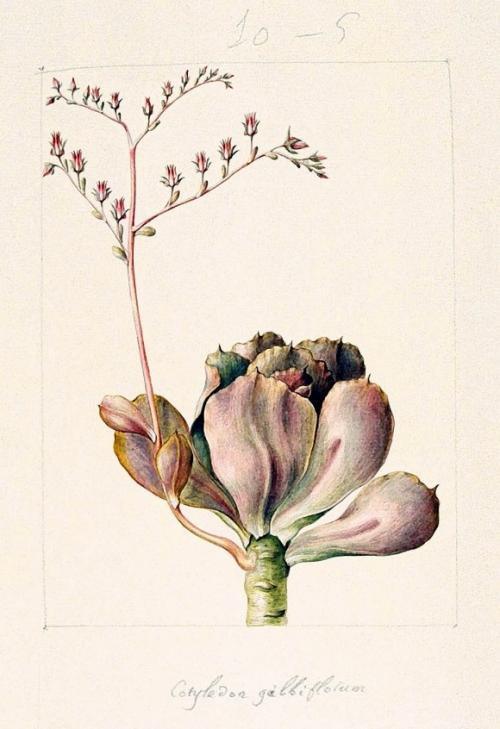
Echeveria gibbiflora Torner 463 (DC416) , as Cotyledon gibbiflorum. Holotype icon painted by Echeverria or Cerda (1792-1795), the autotype mentioned in the Candolle protologue.
Echeveria gibbiflora Torner 463 (DC416), sous le nom Cotyledon gibbiflorum. Holotype peint par Echeverria ou Cerda (1792-1795), l'autotype mentionné dans le protologue établi par de Candolle.
Reproduced here by kind courtesy of the Hunt Institute for Botanical Documentation ©, Carnegie Mellon University, Pittsburgh, PA. Torner Collection of Sessé and Mociño Biological Illustrations.
Ici reproduit grâce à l'aimable courtoisie de l'Institut Hunt pour la Documentation Botanique, Carnegie Mellon University, Pittsburgh, Pennsylvanie. Collection Torner de Sessé and Mociño Biological Illustrations.
In Oaxaca :
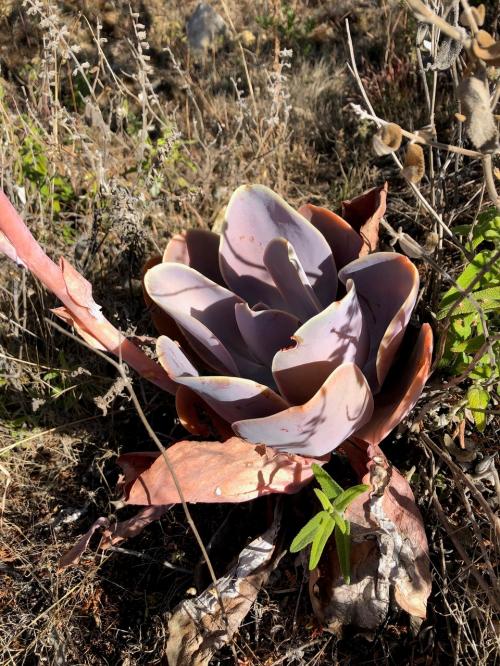
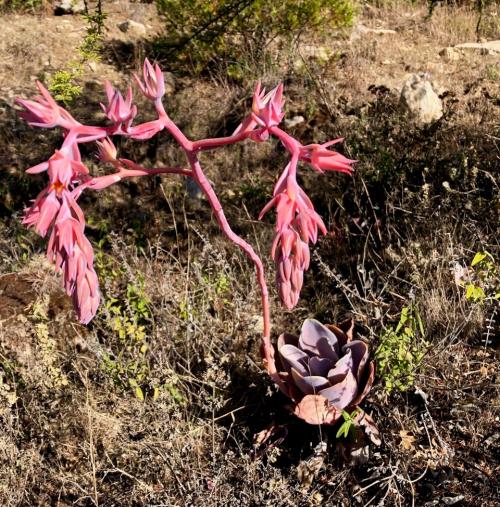
Photos Catherine Philips
In Morelos :
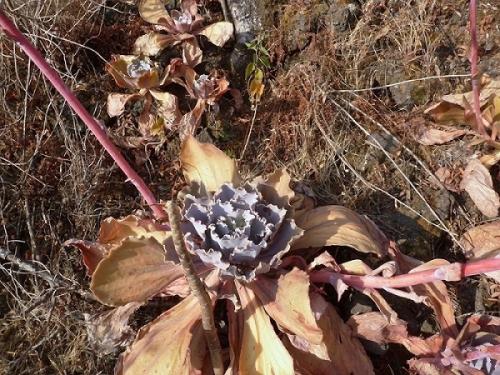
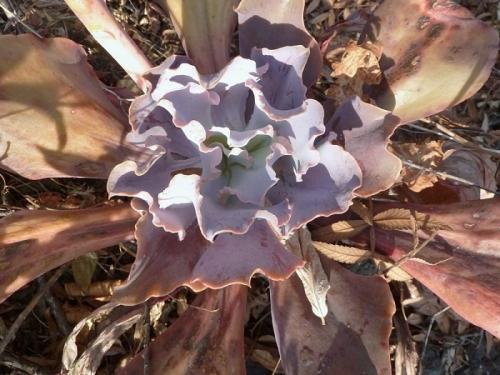
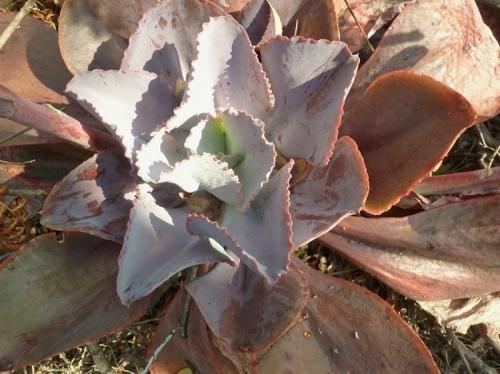
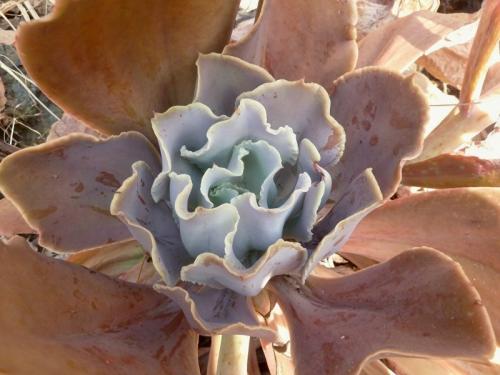
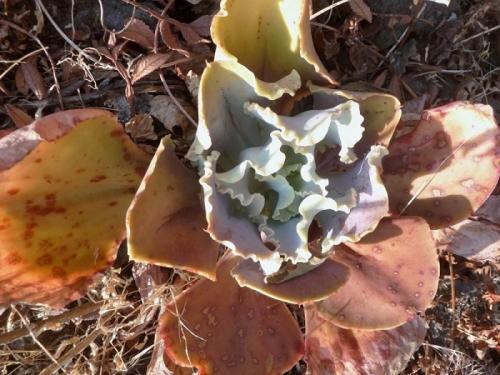
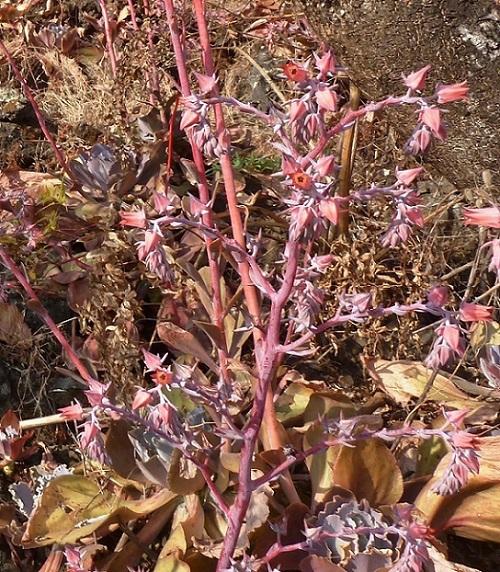
Echeveria gibbiflora, Cuernavaca, Mexico :
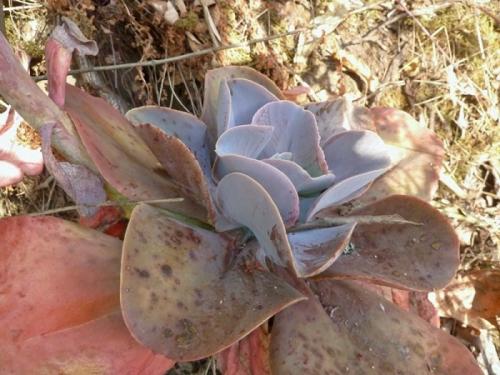
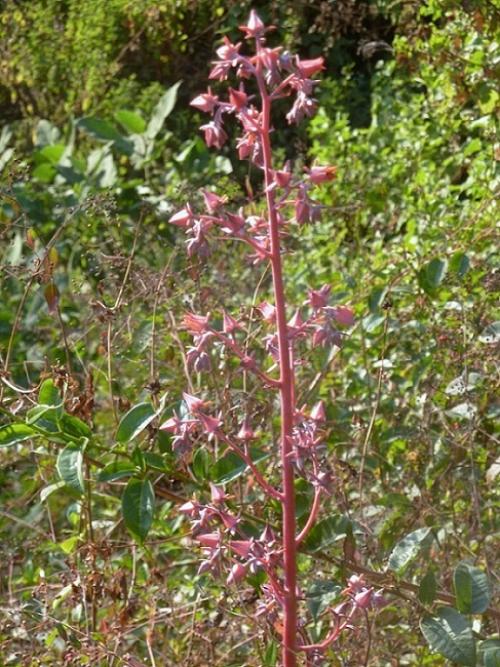
In cultivation :
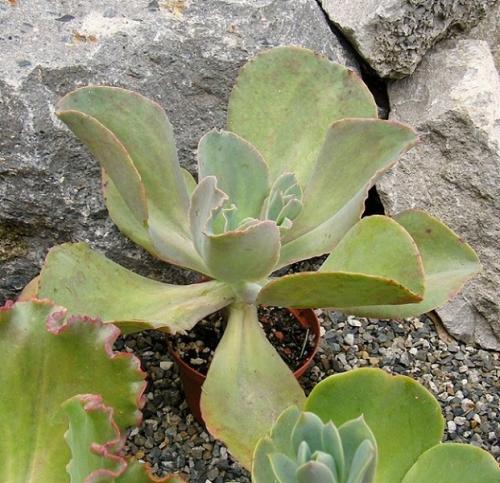
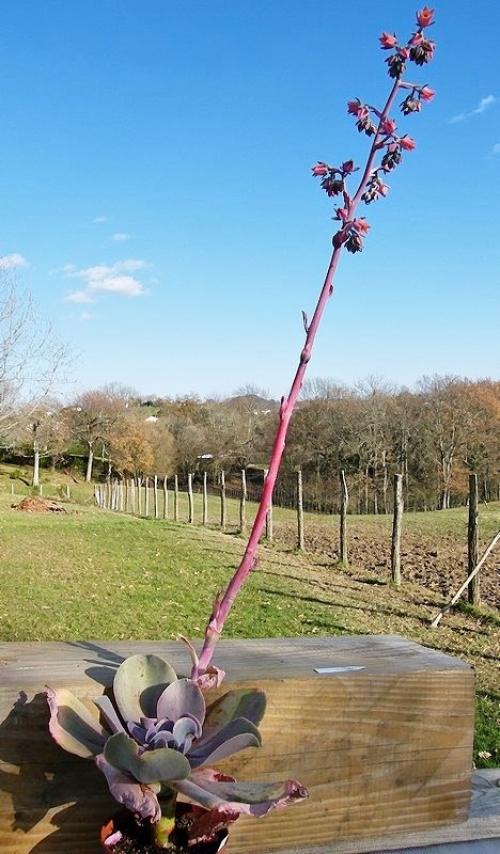
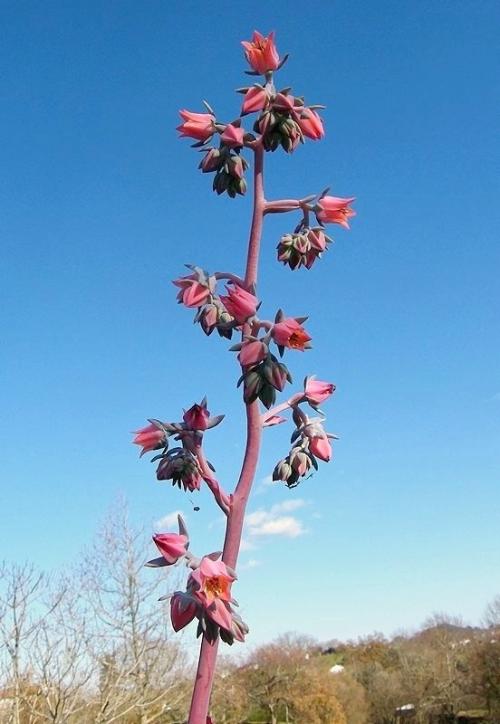
E. gibbiflora is a variable species concerning leaf colour and leaf margins :
E. gibbiflora est une espèce variable en ce qui concerne la couleur des feuilles et la margination :
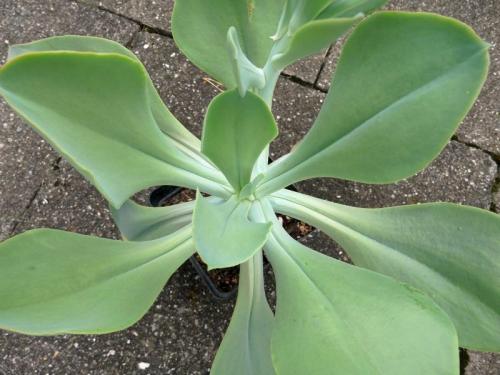
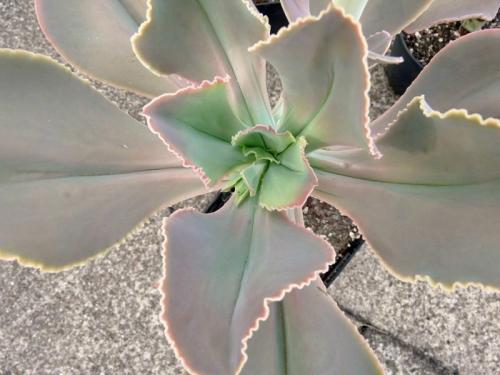
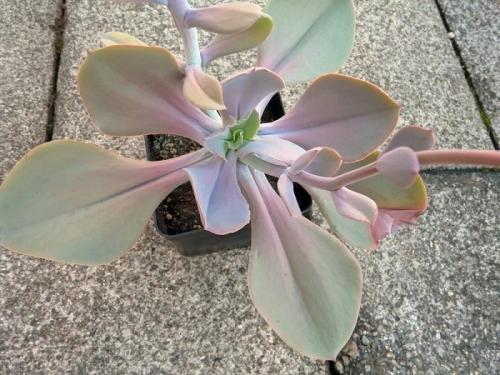
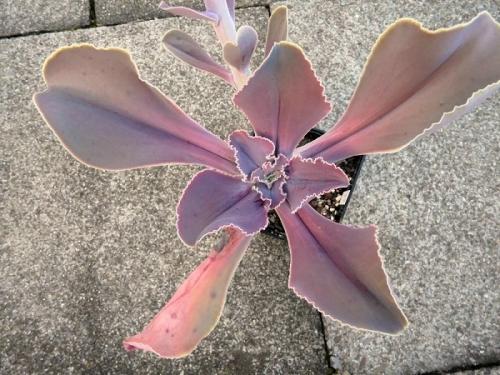
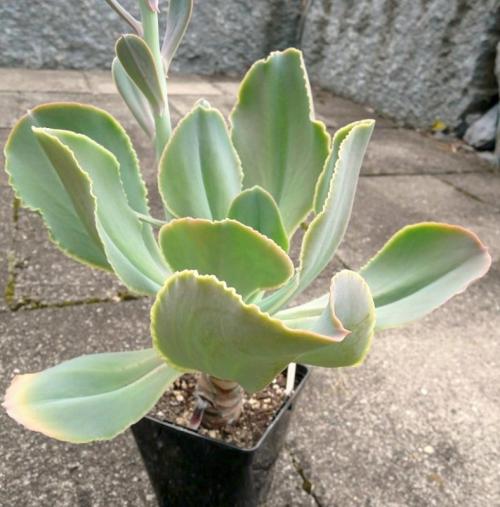
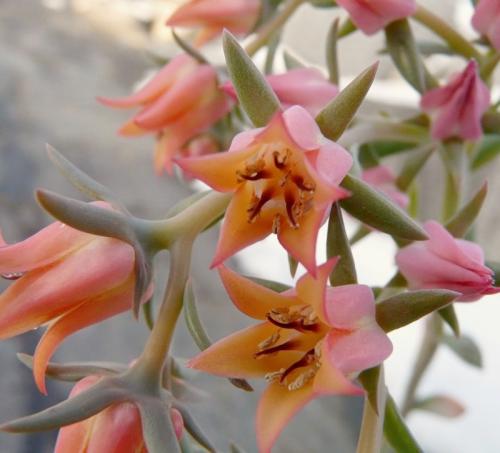
Seeds of E. gibbiflora :
Graines d'E. gibbiflora :
